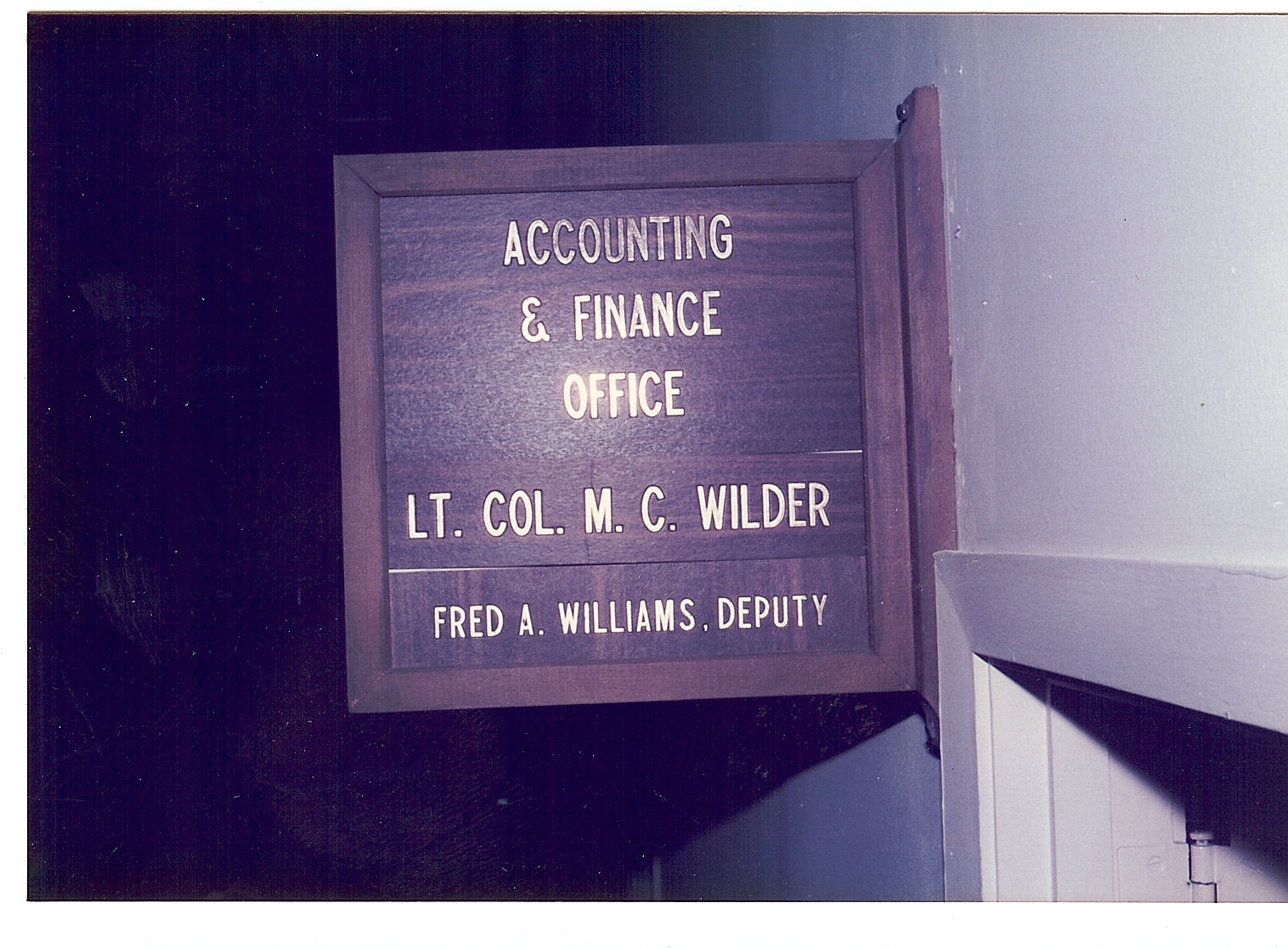What kind of growth do you want? Additive or Transformative?
I had two nearly-identical working sessions with two CEOs last week within a twenty-four hour period.
One session occurred Tuesday afternoon and the other occurred Wednesday morning.
What’s the difference between these two companies?
Of course they are different in terms of size and industry. The first company is a professional service business under $1 million in sales. The second company is a global technology company with over $1 billion in sales.

The substance of the conversations, from the perspective of the individual CEO, was essentially identical:
- I see an opportunity for substantial growth for our company.
- I’m not sure that I have the right strategy or team in place to get there.
- The current business needs to keep growing and performing — yet that will not be enough to fully seize our opportunity.
- The growth I’m looking for is different — it has a different feel to it. It is not just more of the same — but it takes us to a higher level.
And here’s the kicker. Vastly different companies and situations, but each CEO literally said this:
I’m not exactly sure what I need to be doing differently personally to lead this growth.
It is the same exact issue.
As far as these conversations went, the only real difference is the number of zeros in front of the decimal point.
If you are the CEO leading growth that will create something different, what do you need to do differently ?
Here were are few questions that guided the conversation:
When you envision your company 1, 3, or 5 years from now:
- What will the top-line revenue and bottom-line profit be?
- What needs to occur to achieve that growth?
More importantly, for the purposes of this discussion:
- What will be qualitatively different about the nature of your company?
- What will your company be able to do that it is not able to do today?
We then introduced a critical distinction: Additive vs. Transformative growth. This is different from the distinction of organic vs. inorganic growth. (See note below).
If you are a CEO leading a company — whether a small business or large enterprise, it is vital to be aware of the difference – as it will shape your approach and actions as you lead your company.
Additive growth means just that: addition of locations, territories, sales people, manufacturing capacity — anything necessary to sell more of what is essentially the same thing. While there are variations, the core value proposition, brand promise, target customer, and delivery system essentially remain the same.
Additive growth is essentially linear.
Notice the repetition of the word essentially. As in, the essence is the same.
A simple example of additive growth is Starbucks. Starbucks grows by adding store locations. Every new store location, once it is up and running, is intended to add top-line revenue and bottom-line profit.
Sometimes additive growth is exactly what you need to create the most value. When you’ve discovered the right formula, you scale it and capitalize on the opportunity.
Transformative growth means growing to a new level. Not just in terms of volume or financial results — but in terms of an integrated level of capability. This capability to do completely new things opens up very different opportunities and strategies.
The essence evolves to a new level of being.
A simple example is the transformation of a caterpillar into a butterfly. At one level, the caterpillar crawls around on the ground. At the next level, it can fly. In between is a process of transformation that is mysterious, messy, and non-linear.
In a business sense, transformative growth requires expanding your value in the market place so that you are providing a higher level of integrated value. Operating at a higher level of value requires the integration of new capabilities in many areas — sales, marketing, operations, development, and most of all, leadership.
Transformative growth is often triggered by an internal desire to grow. Additive growth is often a response to external market opportunities and the execution of an existing strategy. Transformative growth is a response to an internal desire for greater self-expression, expansion, and evolution.
The decision to pursue transformative growth should not be taken lightly. Especially when your existing business is working really, really well.
If you are planning for growth, you must understand what kind of growth you are seeking as the implications for you as the leader are massive.
I’ll be going in depth into these implications in the coming months.
In the meantime, if you are seeking transformative growth in your company, regardless of size, contact me as I can help you answer the critical question: what do I need to be doing differently personally to lead this growth?
Note on organic vs. inorganic growth: often the growth discussion focuses on organic vs. inorganic growth. I am making a different distinction. In conventional business terms, organic growth refers to growth generated by the company itself while inorganic refers to growth generated via acquisition. For example, if your business is at $10 million in sales and you grow it to $15 million by selling more products or services, the growth is considered organic. If however, you acquire a company that has $5 million in sales, you now have total sales of $15 million yet the growth is considered inorganic. Additive growth can be organic or inorganic. You can add more sales through selling more (organic) and/or acquiring businesses (inorganic). A roll-up strategy is additive inorganic growth — buying up similar businesses, adding the revenue, and generating more value via economies of scale.





